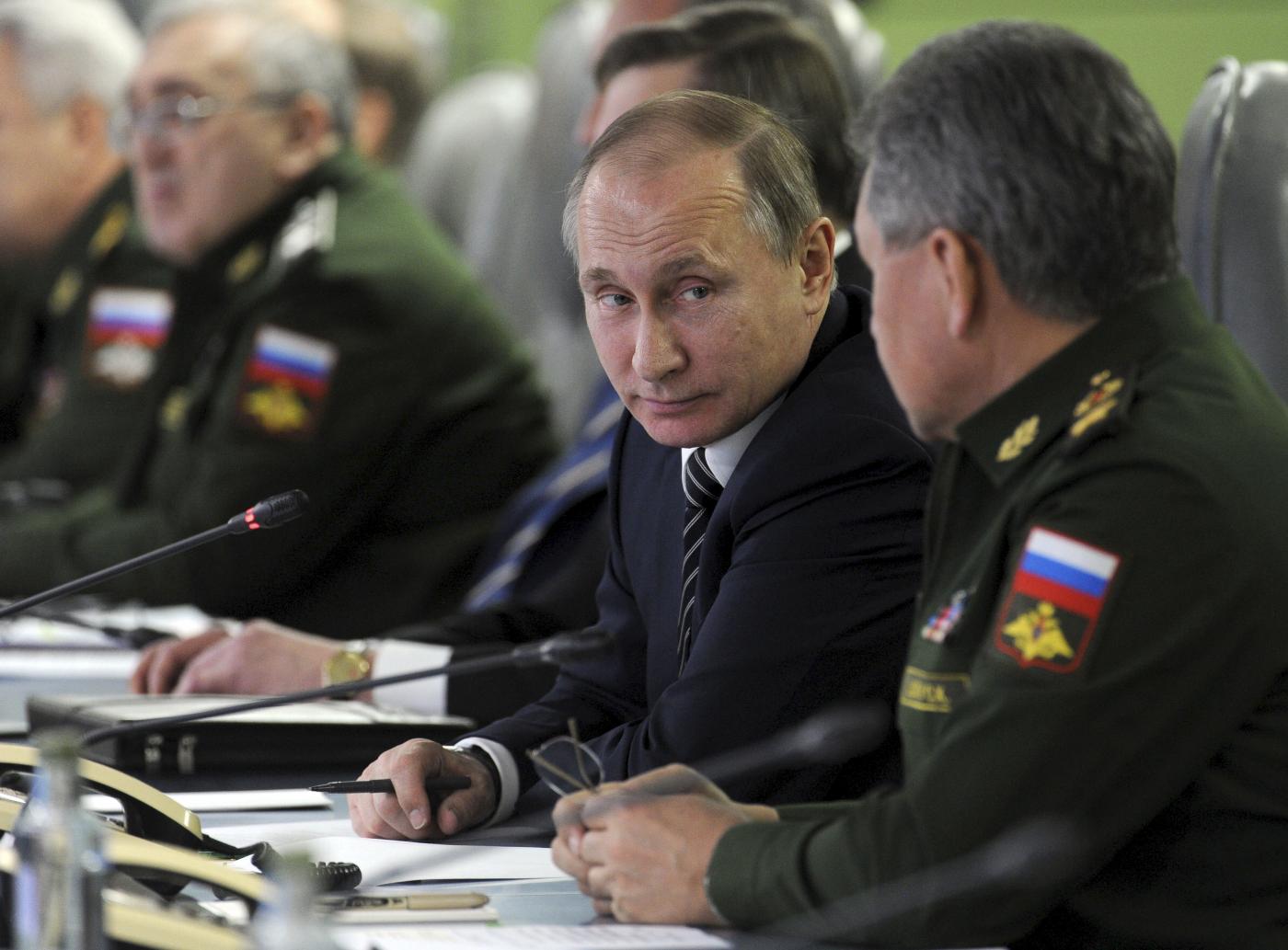On March 14, Russian President Vladimir Putin announced that he is withdrawing “the main part” of the Russian military forces that he had deployed to Syria six months ago. Russia will continue to maintain its capacity to operate from Khmeimim airbase, southeast of Latakia, and from its long-standing naval base in Tartus, both of which Putin has vowed to protect “from land, air, and sea.” It is thus too early to know what the long-term effect of his Syrian drawdown will be. Certainly, Russia has the wherewithal to redeploy its forces to Syria should it choose to do so.
For now, however, Putin has said that he considers “the objectives [that were] set for the Defense Ministry to be generally accomplished” in Syria, and that it’s time for diplomacy to kick in. So what is Putin thinking?
It can’t merely be a money-saving decision—at least not in the short run. The price tag for Moscow’s military operations has not been exorbitant: on the order of $1 or $2 billion per year. Putin could have continued his air campaign for several more months without difficulty. Still, every bit of savings counts given the state of the Russian economy. Russian GDP dropped by 3.7 percent in 2015, the ruble has fallen by 50 percent against the dollar since 2014, and there are signs of discontent in the form of intermittent strikes and protests.
As part of the government’s belt-tightening, Putin had already announced cuts in the defense budget, which the head of the Russian

































Laissez un commentaire Votre adresse courriel ne sera pas publiée.
Veuillez vous connecter afin de laisser un commentaire.
Aucun commentaire trouvé